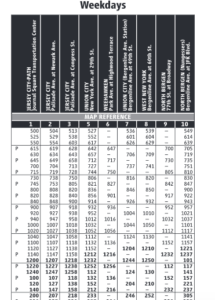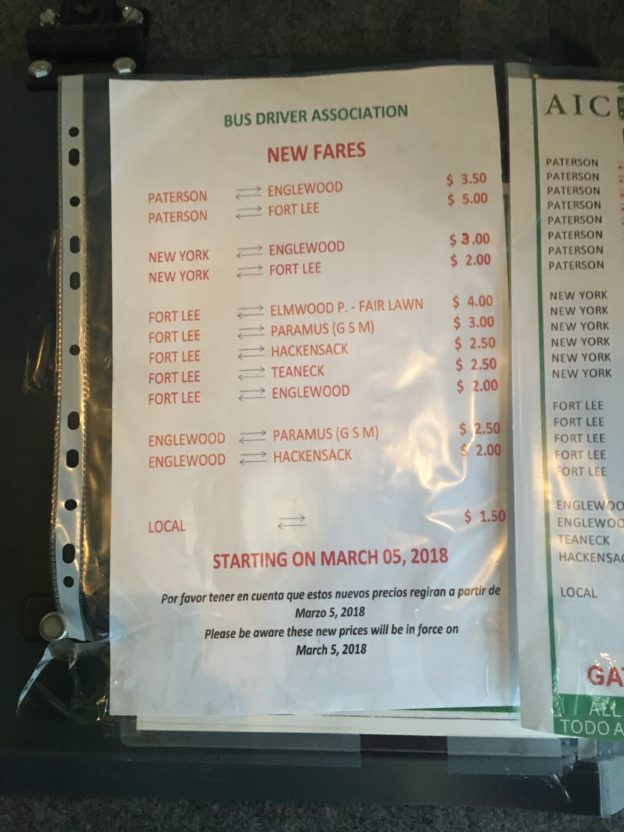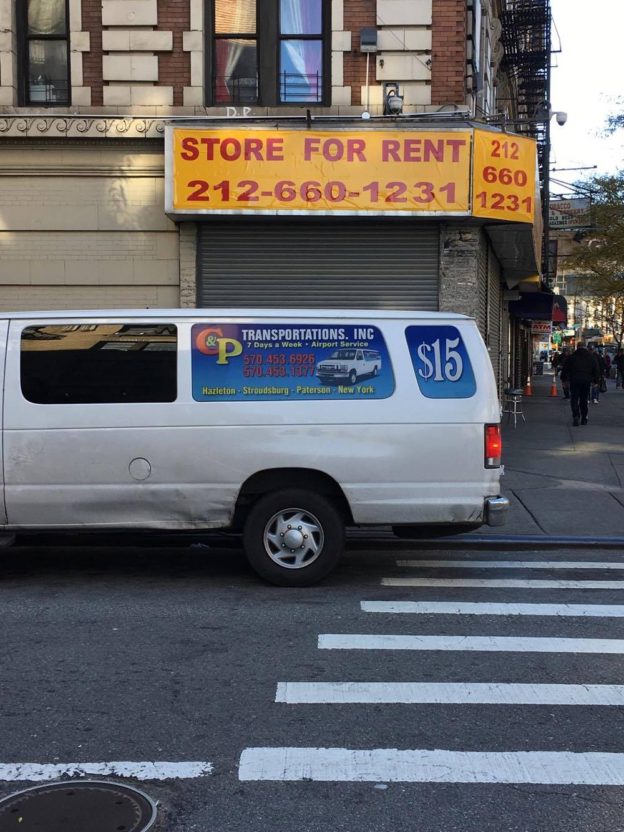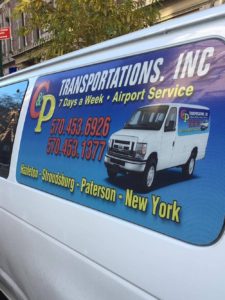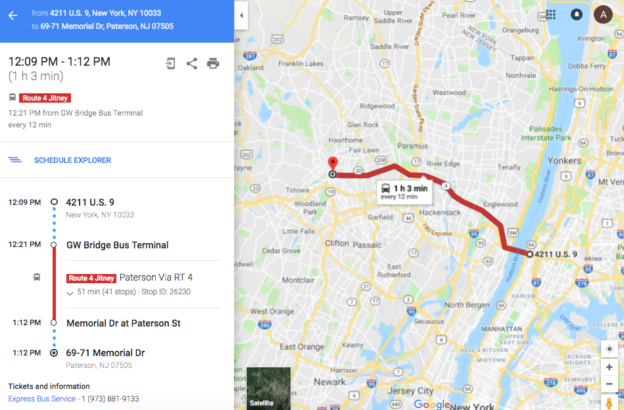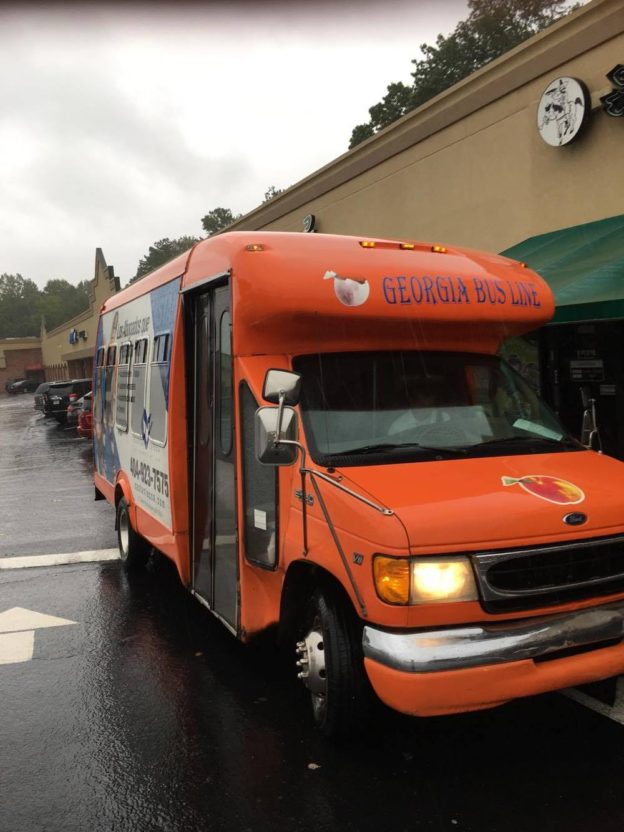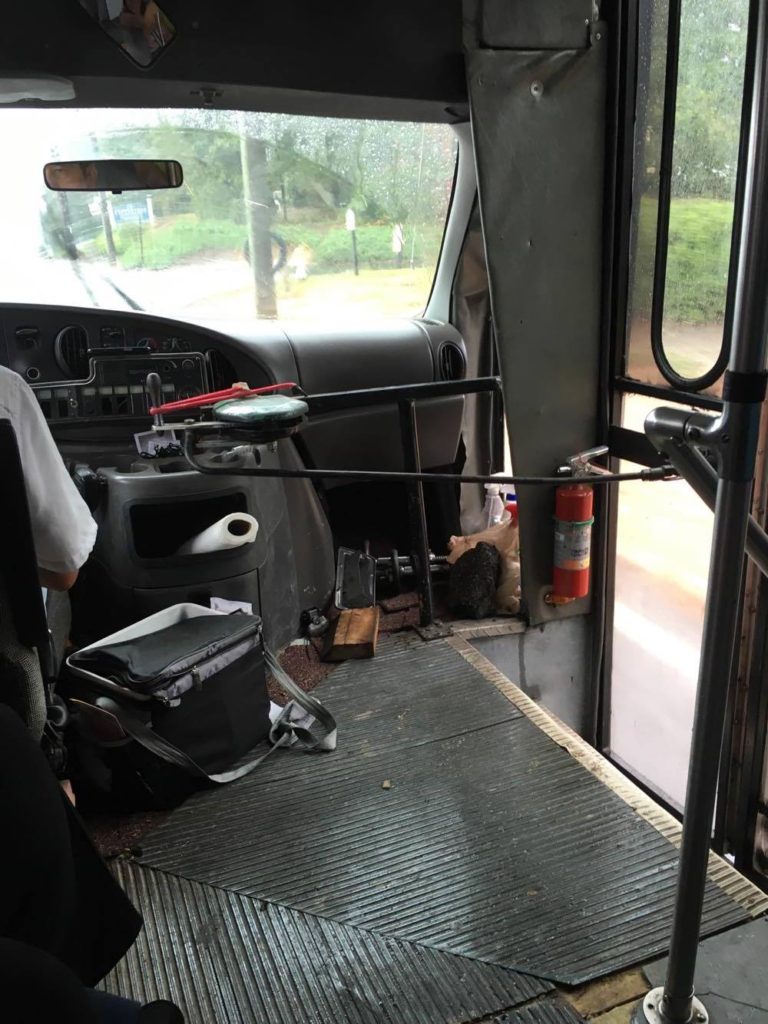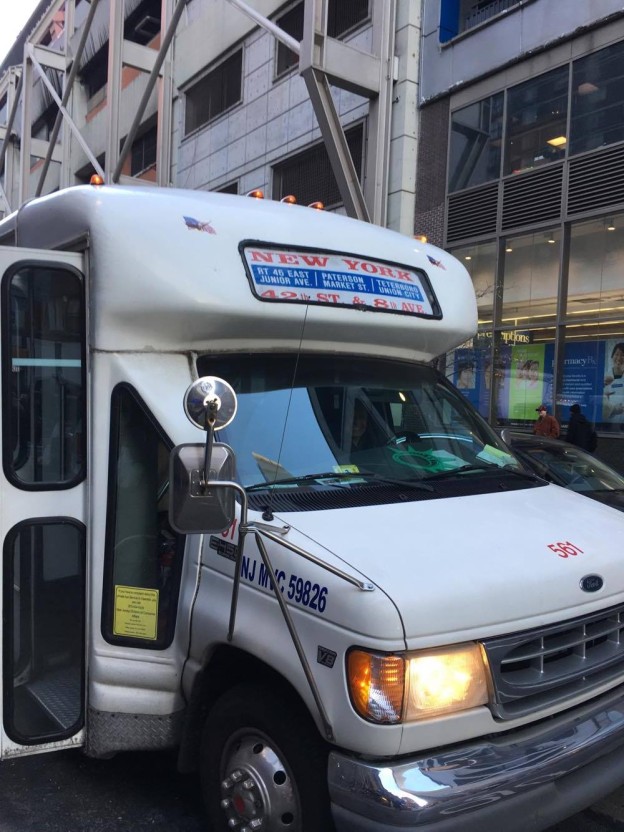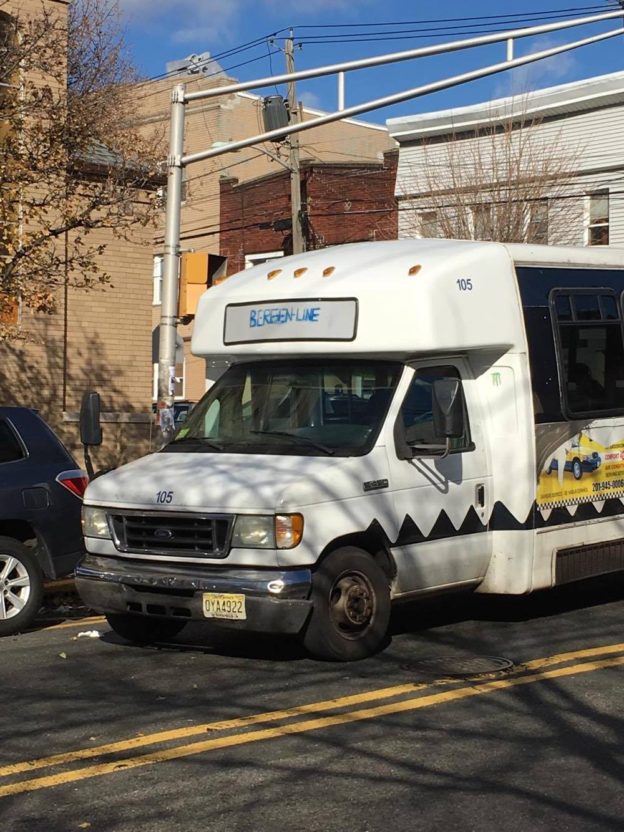The Port Authority of New York and New Jersey (PANYNJ, the agency, not the bus terminal named after it) has been steadily moving forward with its plans to replace and rebuild the Port Authority Bus Terminal in Midtown. The goals of the plan are:
- Replace the current structure, which has a limited remaining lifespan
- Remove curbside bus services from Midtown streets.
- Add more bus capacity generally
The current plan is to build a temporary new terminal on top of the current Lincoln Tunnel plaza, then demolish the existing bus terminal and rebuild it. One the new bus terminal is rebuilt, the temporary structure would be converted to a layover facility.
The completion date may not be until 2030, or longer. But even at this point, it is not too early to wonder what jitney service to New Jersey will look like in the near future?
During the intermediate phase of the project, when buses are running out of the temporary terminal, PANYNJ does not plan to include any jitneys According to the reconstruction project’s scoping report, curbside buses around the Port Authority bus terminal would be given access to the temporary facility, but that would “not include charter, tour-bus or jitney services.” It’s unclear to me how this applies to the two largest jitney operators (Community Lines and Express Service), which currently have official gates in the bus terminal. During construction, we can expect curbside jitney operations to continue as present. But what about in 2030ish, once the permanent new terminal is done?
My big question is, Will jitney operators be given space in the new Port Authority Bus Terminal? Given the segmented ownership structure, can they be accommodated? Are jitney commuters’ interests being taken into account in the planning and implementation of this project?
I am not very up to date on the project planning, but I hope the leaders of this project don’t fail to take into account the hundreds of thousands of Hudson and Passaic county commuters that arrive and depart in Manhattan every day on privately-operated jitneys. Unfortuantely, I suspect that this issue is being overlooked. I did a control+F search in the Scoping Report, including appendices, and among hundreds of pages found only 9 mentions of the word “jitney,” 4 of which related to the quote above about how they will not be accommodated in the temporary terminal, and 2 of which relate to an anti-jitney public comment received in a hearing.
